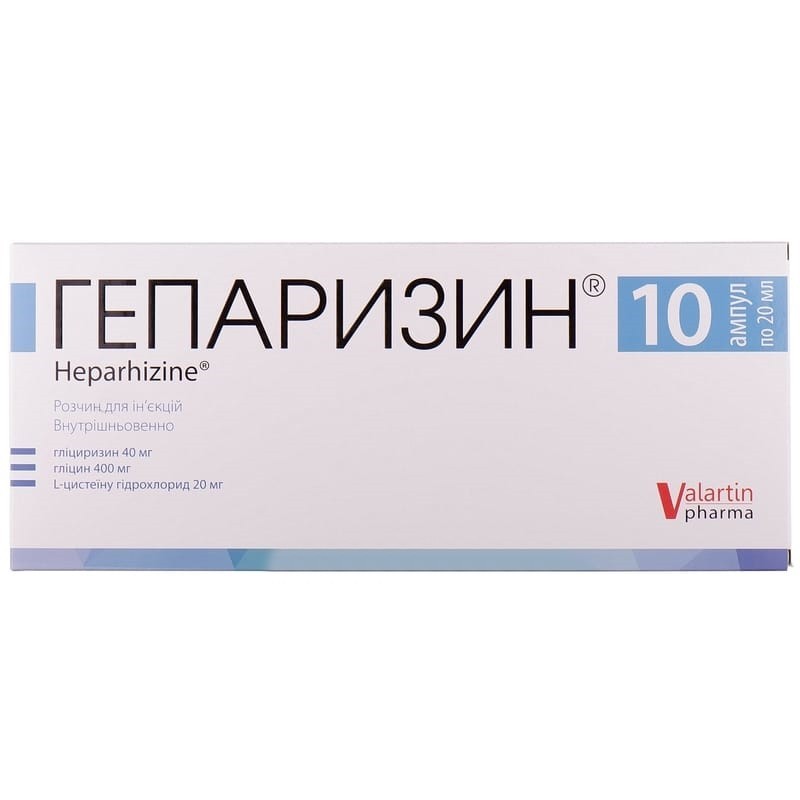



 Secure and encrypted payment processing
Secure and encrypted payment processing We ship to over 40 countries including the USA, UK, Europe, Australia and Japan
We ship to over 40 countries including the USA, UK, Europe, Australia and Japan Guaranteed refund or reship if you haven't received your order
Guaranteed refund or reship if you haven't received your orderPharmacodynamics
Anti-inflammatory effect:
Immunoregulatory effects. In in vitro studies of glycyrrhizin:
Inhibitory effect on experimental damage to hepatocytes. In vitro, glycyrrhizin can prevent damage to the primary culture of animal hepatocytes.
Proliferative effect on hepatocytes. In vitro conditions using a primary hepatocyte culture have shown that glycyrrhizic and glycyretic acids stimulate proliferation of the primary hepatocyte culture.
Inhibition of the spread of the virus and shutting down the virus. In an experiment in animals infected with mouse hepatitis virus, the administration of glycyrrhizin prolongs the life of animals. In animals infected with vaccinia virus, glycyrrhizin can inhibit the development of smallpox.
Other in vitro experiments additionally demonstrated an inactivating effect on the virus, as well as an inhibitory effect on the spread of the virus.
Glycine and cysteine hydrochloride can suppress or reduce the manifestations of pseudoaldosteronism caused by metabolic disturbances in electrolyte metabolism with prolonged use of glycyrrhizin.
Pharmacokinetics
Blood concentration. When conducting studies involving healthy volunteers after the administration of 40 ml of the drug (which corresponds to 80 mg of glycyrrhizin), the blood concentration quickly decreases after an initial increase in the next 10 hours. Then it decreases gradually. Glycyrrhizic acid (a hydrolyzed metabolite of glycyrrhizin) appears in the blood 6 hours after administration, reaching a maximum 24 hours after administration, and is almost completely eliminated after 48 hours.
Excretion with urine. When conducting studies involving healthy volunteers after administration, the concentration of glycyrrhizin in the urine decreases gradually. The excretion volume is on average 1.2% of the dose taken 27 hours after administration. Glycyrrhizic acid appears 6 hours after administration and reaches Cmax after 22–27 hours
Pharmacokinetics in animals. Distribution. Analysis of indicators of the state of internal organs began 10 minutes after iv administration 3N-glycyrrhizin in animals. Glycyrrhizin is distributed throughout the internal organs of animals. In the liver, an accumulation of a larger amount (73%) of the administered drug is observed. The accumulation of the drug is reduced in such organs (indicated in descending order): kidneys, lungs, heart, adrenal glands.
With impaired liver function in patients with chronic liver disease.
40-60 ml of the drug is administered by injection or infusion once a day; the doctor may adjust the dose depending on the age of the patient and the symptoms of the disease. the maximum daily dose should not exceed 100 ml.
Hypersensitivity to the components of the drug.the drug is contraindicated in patients with aldosteronism, myopathy or hypokalemia (there is a possibility of exacerbation of hypokalemia, hypertension).
Adverse reactions, the development of which was observed most often
The frequency is unknown - shock and anaphylactic shock: the development of shock or anaphylactic shock is possible (including a sharp decrease in blood pressure, loss of consciousness, shortness of breath, cardiopulmonary insufficiency, hot flashes, swelling of the face). Based on the foregoing, patients need careful monitoring. If symptoms of adverse reactions appear, immediately stop using the drug and prescribe the appropriate treatment.
Anaphylactic reactions: anaphylaxis may develop (including shortness of breath, flushing and swelling of the face). Based on the foregoing, patients need careful monitoring. If symptoms of adverse reactions appear, immediately stop using the drug and prescribe the appropriate treatment.
Pseudoaldosteronism: an increase in the dose or long-term and continuous administration of the drug can lead to the appearance of symptoms of pseudoaldosteronism, such as severe hypokalemia, increased incidence of hypokalemia, increased blood pressure, sodium and fluid retention, edema, and weight gain. Careful monitoring is necessary (in particular, determination of the concentration of potassium in blood plasma). If symptoms of adverse reactions appear, stop using the drug immediately. In addition, hypokalemia can cause the development of general weakness or moderate muscle weakness.
Other adverse reactions
The following adverse reactions can occur with an increase in the dose and lead to a decrease in the level of potassium in the blood plasma and an increase in blood pressure.
| Adverse reactions | Frequency | ||
|---|---|---|---|
| 0,1–5% | 0,1% | Frequency unknown | |
| From the immune system | – | Rash | Urticaria, itching |
| From the digestive system | – | Discomfort in the epigastric region | Nausea, vomiting |
| From the respiratory system | – | – | Cough |
| On the part of the organ of vision | – | – | Transient visual impairment (blurred vision, photopsy) |
| Electrolyte exchange | Hypokalemia, increased blood pressure | Swelling, exhaustion, muscle pain | – |
| Other | Eczema, skin discomfort, headache, fever, myalgia, general malaise, paresthesia (numbness, tingling sensation), fever, hyperventilation syndrome (feeling hot in the shoulders, feeling cold in the limbs, cold sweat, dry mouth, palpitation) glucosuria | Sensation of heat, dystonia | |